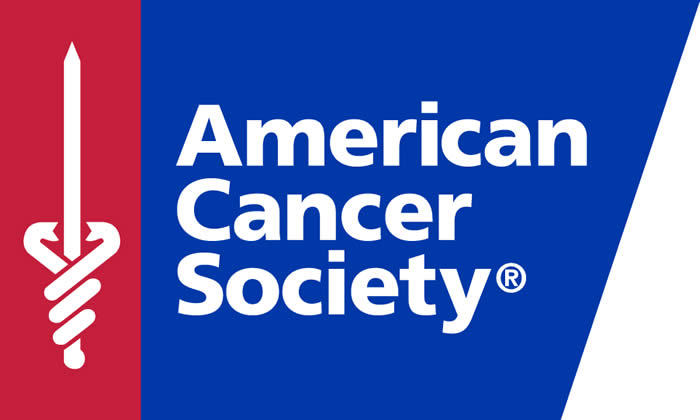Taking Patient Navigation from Concept to Standard of Care
From Oncology Times, by Rosenthal, Eric T.----
Patient navigation—the concept conceived of and coined by Harold P. Freeman, MD, more than two decades ago to address disparities in access to health care among the poor and uninsured—will soon become a mainstream medical necessity since the American College of Surgeons' Commission on Cancer mandated that cancer centers offer patient navigation services by 2015 as a condition for accreditation.
The goal of patient navigation is to reduce cancer mortality by eliminating barriers (financial, communications, medical system, psychological, and logistical) to cancer screening, diagnosis, treatment, and supportive care—helping patients between the time of an abnormal finding and resolution of the finding by diagnosis and treatment.
Over the years, patient navigation has been expanded to help patients with chronic diseases other than cancer, and spans the full spectrum of health care, including prevention, detection, diagnosis, treatment, supportive care, and end-of-life care.
What began as pioneering program at Harlem Hospital in 1990 was officially recognized in 2005 by then-President George W. Bush when he signed the Patient Navigator Outreach and Chronic Disease Prevention Act (HR 1812), which funded more than 20 patient navigation demonstration sites throughout the nation.
In 2007 the Harold P. Freeman Patient Navigation Institute was established in Harlem with a $2.5 million grant from the Amgen Foundation and the Ralph Lauren Center for Cancer Care and Prevention to train patient navigators -associated with various organizations.
Read More.

